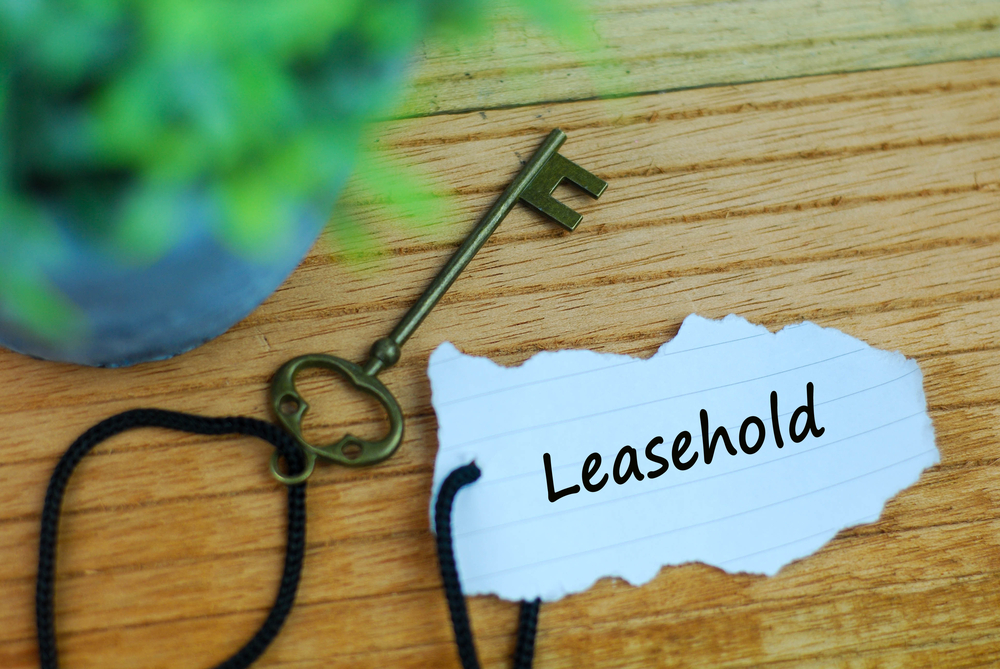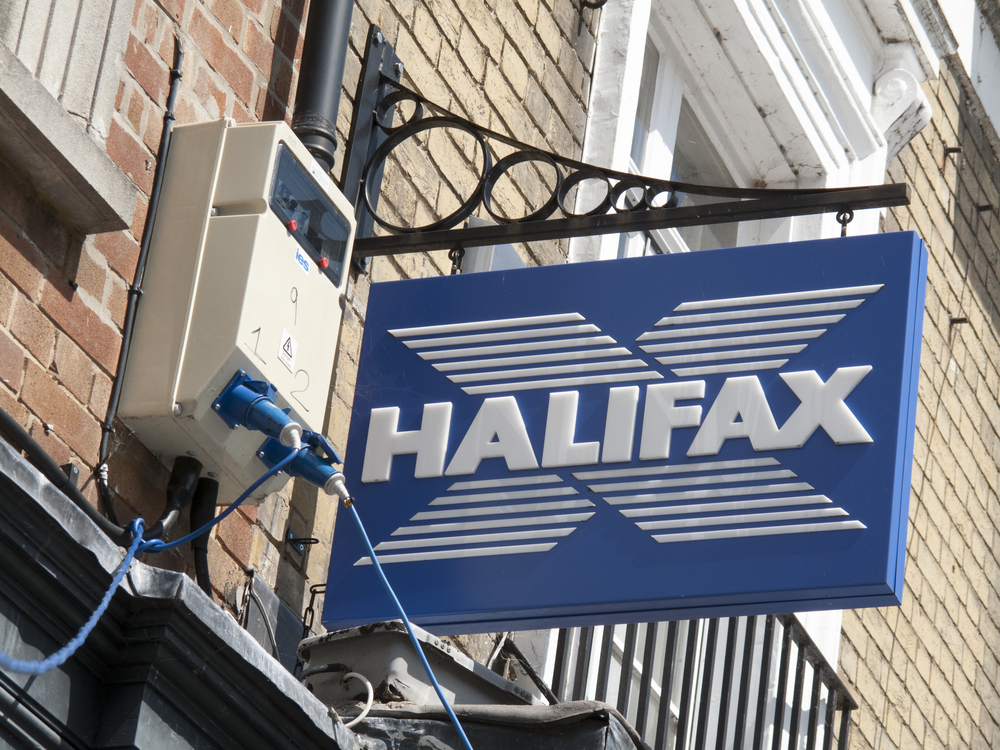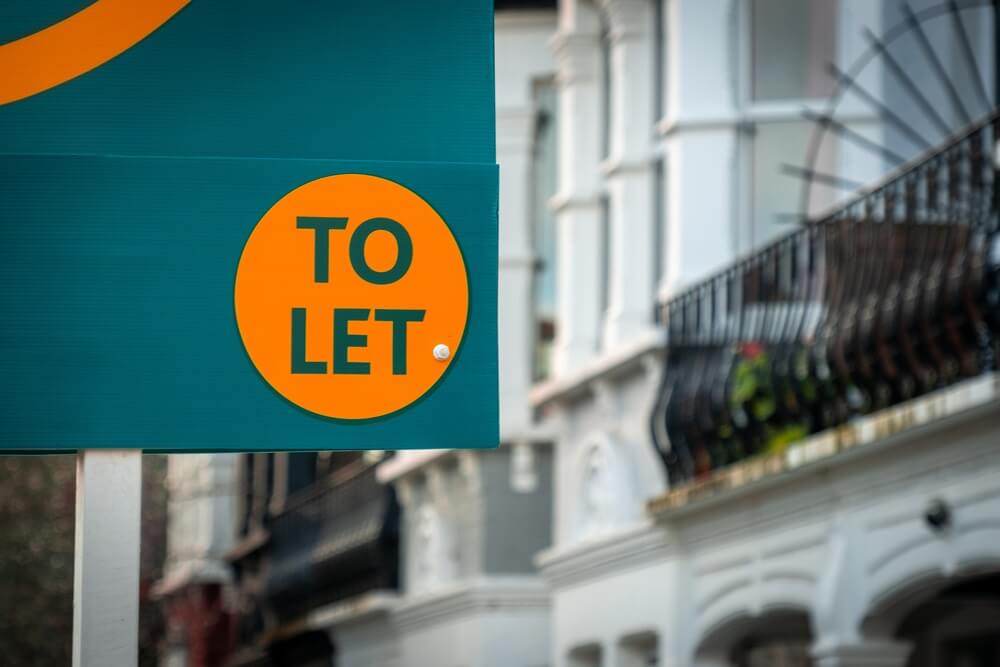[col type=”one-third”]
Mark Gregory, Founder and CEO at Equity Release Supermarket
www.equityreleasesupermarket.com
Tel: 0800 678 5955
[/col]
[col type=”two-third last”]
[hr style=”single”]
Question
Protecting my children’s inheritance
I have read something recently about inheritance protection – a way of protecting some housing wealth for family in the future. Can you please tell me a bit more about this as it something I would be interested in pursuing.
I have two adult children; I am aged 73 and my home is currently worth £650,000.
Answer
Many lifetime mortgages now offer a feature called ‘Inheritance Protection’– which as its name suggests is a way to ensure that a certain percentage of the sale price of your property is passed onto your beneficiaries.
There are two ways that some equity release lenders provide this guarantee in their products.
The first way is by reducing the amount you can borrow to compensate for the inheritance protection percentage being built into the plan.
Say for example, you want to protect 25% of the future value of your property for your loved ones. In your case that would be £162,500 at the moment.
When you plan ends – which is when you die or move into long-term care, your property is then sold to repay the lifetime mortgage. However, 25% of the value of your home at that time will be protected as an inheritance.
If your property increases in value over time – the inheritance will be greater than the £162,500 it is now – or it could be less if property prices were to fall.
You should also be aware that if you do take out Inheritance Protection at the time you apply for a lifetime mortgage, it will reduce the maximum you can release, as the lender deducts the Inheritance Protection percentage from the value of your home before determining the amount they are prepared to lend.
For example, if you did want to protect 25% of your property valued at £650,000, then the maximum value the lender will calculate your loan upon is £487,500.
As you are 73, the maximum you are able to borrow is 49.6% of the value of our home, which after the Inheritance
Protection deduction would be £241,800.
Without the inheritance protection, this would have been £322,400. (Figures correct as 2nd April 2021.)
The second way that equity release providers include inheritance protection is by automatically including it in their product at no extra cost – should you not take the maximum release available.
Say for example, you only take 60% of the maximum loan available, the unused 40% is the percentage of your homes future value that’s guaranteed for your loved ones when your plan comes to an end.
Although the Inheritance Protection feature may offer peace of mind, there are other ways of mitigating any reduction of your estate to your beneficiaries.
Choosing to repay some or all of the interest can help keep the balance under check by using voluntary payment features that many plans offer these days. If you have disposable income, then voluntary payments allow you to often pay upto 10% of your original loan back to the lender, each year, with no penalty or proof of income.
Additionally, interest only products – where the interest is repaid in full on a monthly basis will result in your balance never increasing – an indirect inheritance protection you could say.
Finally, with interest rates available now from just 2.79% MER, dependent upon your age, it would always be a worthwhile exercise to see what the future balance would be anyway, should you make no repayments.
I have previously written about the rule of 72, which tells you how long it would take for the balance to double. Simply divide 72 by the interest rate to give you the period over which the balance would double. For example, if you received an interest rate of 3% – it would take 24 years for the balance to double!
Just as an aside, there is an equity release plan – called Home Reversion which is rarely used these days, but does offer a guaranteed inheritance for your loved ones. You would qualify for one as the minimum age is 60, however in exchange for a lump sum you are required to sell a percentage of your home. For more information, see our home reversion page on the Equity Release Supermarket website.
As always, it’s best checking with one of our Equity Release Supermarket advisers to find which options and plans suit…and remember you should only withdraw the amount you actually require to spend over the next 12-18 months.
We have an equity remaining calculator which allows you to look at different scenarios and will give you some idea of the value of your estate which will be left as an inheritance when your plan is repaid.
[hr style=”single”]
Question
Releasing equity to buy another property
Can I release equity on my property to buy another property?! I know this might sound bizarre, but I am hoping to use the cash to invest in a holiday let.
My house is worth £860,000 and the holiday let I am looking at is worth £250,000 so I believe the numbers should add up! I am 68 and my partner, who also owns our residence with me, is 70.
Answer
You can use the money you release from equity release for any reasonable purpose and so yes, you can use it to invest in another property.
There are two ways of considering this using equity release. Any of our advisers would discuss all options with you by conducting a full factfind to paint an overall picture of your finances and the options available.
The obvious route would be to use your main residence to achieve this goal, and this will attract the lower interest rates. However, not everyone may feel comfortable using their main residence as security.
As your residential home is worth £860,000 and you are 68, the maximum you could borrow is 44.5% of the value of your home. (Lenders use the age of the youngest homeowner for their calculations.) So that’s £382,700 – which is significantly above the £250,000 you need to buy the property you are interested in. (Correct as 2 April 2021).
I should also point out that if you have a mortgage left on your residential property, this must be repaid first with the money you release, which is a stipulation of all lifetime mortgage lenders.
The second route, and lesser known option is using a second home lifetime mortgage plan that is specifically designed for this purpose. Like any normal mortgage, the second home plan can be used as a purchase vehicle for the property.
The only drawback with this plan is that you would need to bridge the shortfall between the amount you could borrow on this property using a Second Home plan – and the amount the provider will lend.
So, at age 68 you could raise up to 32% of the second home property value – £80,000. This leaves you needing to find the remaining 68% – £170,000. This is where a full factfind process would uncover any means of supporting this amount such as savings, pensions and hence whether this is a viable solution, or not.
To be eligible for a second home lifetime mortgage, you need to be at least 55 years old, and the property must be available for you, the owner to use. If the property is ever let-out, it can only be let-out for a maximum of four weeks at a time.
The property must be used by you for a minimum of four weeks every year and there are other requirements which relate to whether the property is advertised and whether any formal tenancy agreements are in place.
Again, there are many avenues of meeting such objectives and another would be establishing your income and hence whether a holiday let mortgage would be possible.
My comments as always are the options available in the world of lifetime mortgages and independent advice should always be sought.
[hr style=”single”]
Question
Taking out equity release – who will own my house?
I have to confess to being a little confused about who will own my house if I take out equity release – the equity release provider or me?
I have seen some adverts for the products, and I am reasonably intrigued however there is a part of me which is reluctant to pursue this route because I am nervous about a company taking ownership of some – or all – of my home. Can you clarify this for me please?
Answer
Let me reassure you immediately, because when you take out a lifetime mortgage, the most popular type of equity release plan, you continue to own 100% of your home – just as you do now.
You cannot be evicted for non-payment, forced to move, or your home be repossessed by the lender. So please don’t let this concern put you off speaking to an equity release adviser.
There is another form of equity release – called home reversion – which is rarely used these days (but it is still available) where you do sell a percentage of the value of your home to the lender in return for a lifetime tenancy.
This suits some people who want to ensure that a percentage of the value of their home is passed to their beneficiaries as an inheritance, but as retaining ownership of your home is a priority for you, then the option you’ll want to consider is a lifetime mortgage.
[hr style=”single”]
Question
Interest rates and costs – how are they calculated?
I wonder if you could provide me with a bit more information about how interest rates are calculated for equity release products, please.
We own a property worth £460,000 and we are both aged 70. I have a final salary pension which provides a decent income of £40,000 per annum. Will this help us to get a better rate, or will the costs be based on how much cash we wish to release?
Thank you for any light you can draw on this subject. (We are using the money to fund our grandson’s house purchase and hope to help with a £100k deposit.)
Answer
The interest rate you pay with a lifetime mortgage is determined mainly by the loan-to-value of the plan and the features you want to include.
With a lifetime mortgage, your income isn’t considered at all and the amount you can borrow is determined by the age of the youngest homeowner (the rule of thumb is the older you are, the more you can borrow) and the value of your property.
As you are 70, the maximum you could borrow is 46.5% of the value of your home (correct as 2nd April 2021). So, this is more than enough to support your grandson with his house purchase if you are looking to provide his £100,000 deposit and the fixed interest rate could be 2.84% MER.
Taking the maximum loan would result in an interest rate of 6.64% MER, however taking a much lower amount of £50,000 could results in obtaining a fixed rate of 2.72% MER. See the difference!
Therefore, even when gifting, it’s always prudent to gauge the amount you actually require and the interest rates around this figure – as taking less, can leave a lot more for the future.
Alternatively, there are other options to consider with later life lending such as retirement interest-only (RIO) mortgages or retirement mortgages which uses your income to measure how much you can borrow.
I mention these because they are a form of residential mortgage where your income (and future income) would be assessed, and you would have to pass the lender’s affordability criteria to qualify.
With RIOs – which are a mortgage than run for the rest of your life – it isn’t just your £40k income that would be assessed if the property is in joint names – it would also be the income of your partner.
Lenders would consider if one of you died during the mortgage period, whether the surviving partner have sufficient income in their own right to afford the mortgage.
As I don’t have that information available, unfortunately I’m unable to consider RIO’s as an option at this stage, however it would be worthwhile speak to a whole of market Equity Release Supermarket adviser who can look across all these options for you.
[hr style=”single”]
[/col]










 Buy-to-let
Buy-to-let










